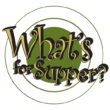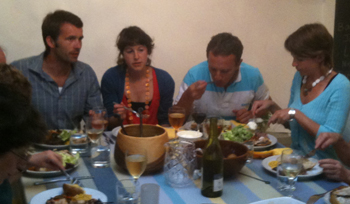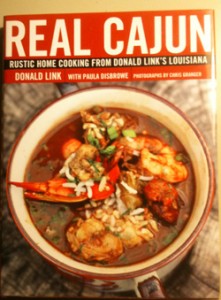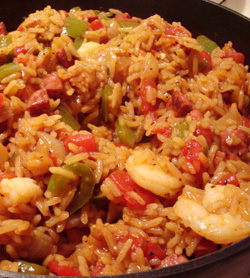As a general rule in restaurants, I don’t want a chef cooking my food who looks like a marathon runner. Like Shakespeare’s Caesar, “Let me have [chefs] about me that are fat, sleek-headed men and such as sleep a-nights.” I want people who love to eat, who have a hard time saying no to something good, and whose bodies bare the imprint of a rich, varied and luscious diet.
With that said, I must confess that I’ve spent a lifetime on diets of one form or another. This is because everyone in my family succumbs, eventually, to circulatory and heart problems. So, at one time or another I have given up or restricted virtually every type of food – meats, cheeses, eggs, chocolate, sweets, dairy products, salt, sugar, bread, pasta. I have fasted for, I think, up to three days (trivial to serious fasters, but tough for me). And, please understand, none of this has been easy. I am not someone for whom food is fuel. Food is keen pleasure.
At this time of my life, I eat nothing white (a concession to an overworked pancreas). That is as restrictive as it sounds if you think about it, and particularly if you add sweets to the list – these, even if not white, act like it, according to my medical advisors. If you add to that a personal and intense aversion to fast food of any kind, to processed food, to factory food, you can see some real limitations here.
For the most part, though, I live with it just fine. The reason is that I know how to cook and if you know how to cook, you have a world of interesting things to choose from, even if none of them can be white or sweet. There are meats, crustaceans and fish, poultry, eggs, butter, vegetables, beans, nuts, herbs, olive oil, cheeses, fruit and all the lovely things one can do to prepare them. And, there’s foix gras (not a nice food but absolutely wonderful) and sausage and barbeque, also not nice but definitely on my list.
The diet works for me, but I would be hesitant to recommend it, nor do I think, like reformed smokers, that everyone absolutely must eat like I do. I love what I don’t eat and I cook it very well. So sweet desserts and all good things made with sugar, flour, eggs and butter – pies, mousse, fudge, egg custard, creme brulee. Roasted potatoes, French fries, potato chips. Crepes and waffles with maple syrup. Lasagna and all forms of pasta dishes. Pizza. Foccacia bread. Sandwiches. Burgers. Bread pudding with bourbon sauce. And on, and on.
As a dieter, I can also cook for other dieters. It comes easy. And another consolation is that when I get the chance to cook verboten things, I do have to taste them. Sometimes more than once. After all, your food has to be perfect.



